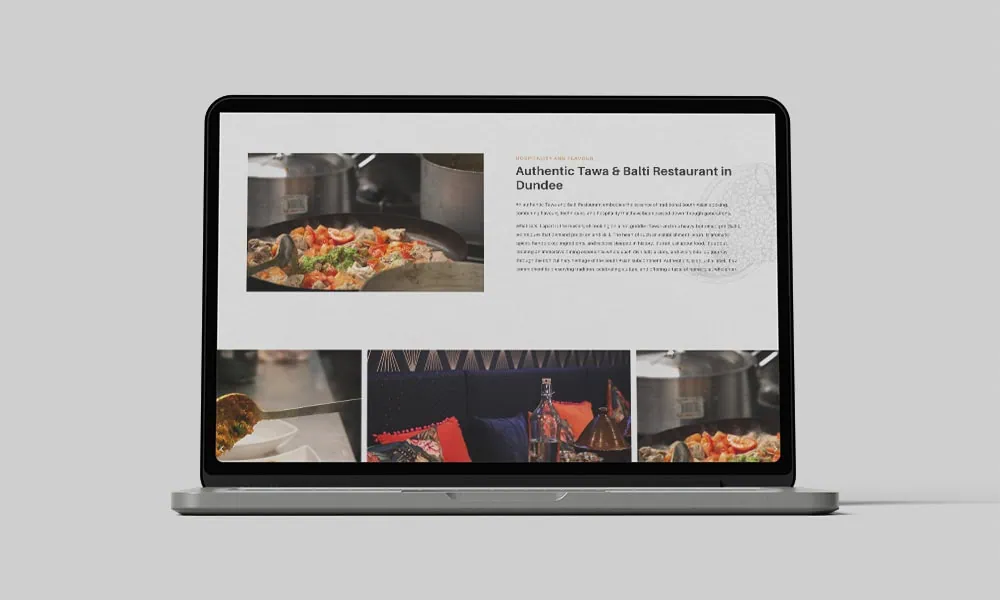In the dynamic world of web design, the interplay between aesthetics and user experience can’t be overstated. This is where psychology steps in, becoming an essential tool in creating websites that are not only visually appealing but also psychologically compelling. Understanding human behaviour and cognitive processes is crucial for designers aiming to craft websites that resonate with users on a deeper level.
The Role of Psychology in Web Design
Psychology in web design is more than just an abstract concept. It’s about comprehending how colour schemes affect mood, how layout influences perception, and how typography can dictate the tone of the content. When web designers harness these psychological principles, they elevate their work from mere visual treats to experiences that engage, retain, and convert.
1. Colour Psychology: A Spectrum of Emotions
The use of colour in web design is a potent tool. Different colours evoke different emotions: blue instils a sense of trust and security, green is associated with growth and tranquillity, and red can trigger excitement or urgency. Choosing the right colour palette for a website is a delicate balance that can significantly impact user engagement and perception.
2. The Cognitive Load: Simplicity vs. Complexity
Cognitive load refers to the amount of mental effort required to process information. In web design, this translates to the complexity or simplicity of a website. A site with a high cognitive load (complex navigation, overwhelming information) can frustrate users, while a simple, clean design facilitates ease of use and understanding.
3. Typography and Readability: The Power of Fonts
Typography is not just about choosing pretty fonts; it’s about ensuring that the text is readable and accessible. The right typeface can set the tone of the website and influence how the content is perceived. Readability, spacing, and font size are crucial factors that affect user experience and retention.
Applying Psychological Principles in Web Design
To apply these psychological principles and follow the best neuro web design tactics effectively, designers must understand their target audience and the website’s purpose. The key is to create a balance that aligns with the users’ expectations and enhances their experience:
- User-Centered Design: This approach places the user at the heart of the design process. Understanding user needs and behaviours is crucial in creating a website that is intuitive and user-friendly.
- Emotional Design: This focuses on creating designs that elicit specific emotional responses. It’s about connecting with users on an emotional level to create a memorable and engaging experience.
- Behavioural Psychology: This involves using elements like calls to action (CTAs), persuasive copy, and strategically placed content to guide user behaviour and encourage conversions.
Conclusion
Incorporating psychology into web design is not a mere trend; it’s a vital aspect that can set a website apart in a crowded digital landscape. It’s about understanding and leveraging human behaviour to create designs that are not just seen but felt. As web designers continue to embrace psychological principles, they pave the way for more intuitive, engaging, and successful websites.








